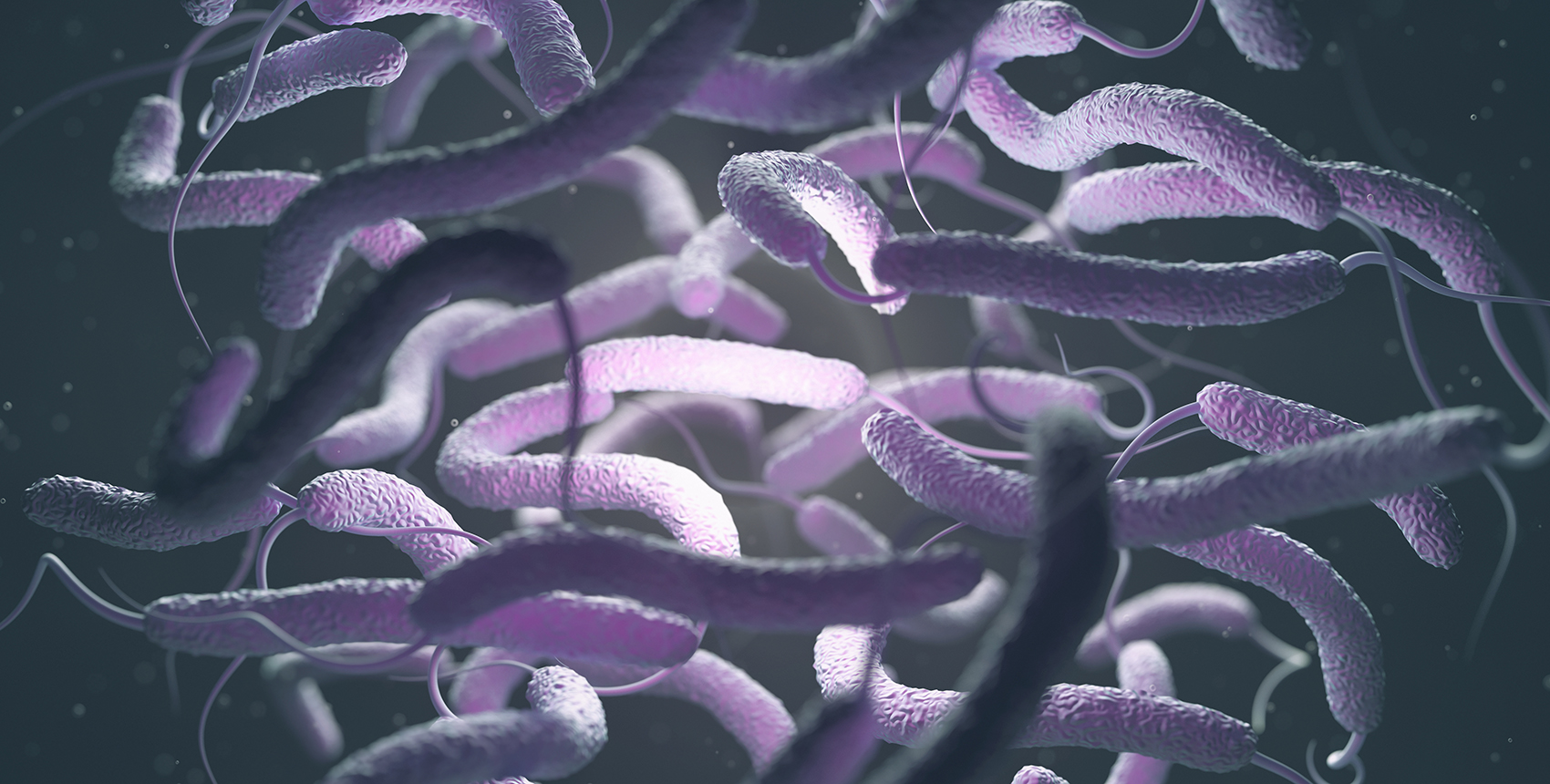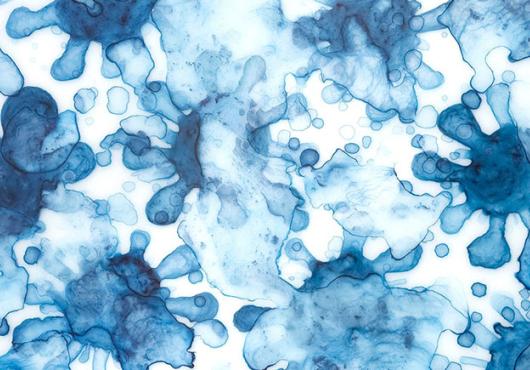
Scientists at Harvard Medical School and Brigham and Women’s Hospital have identified two families of proteins that allow bacteria to grow, multiply, and infect, solving what researchers call one of the few remaining mysteries in an intensely studied area of biology.
The findings, reported in two studies in Nature, could open the doors to a new generation of wide-spectrum antibiotics — those capable of killing multiple types of bacteria.
Scientists have long known that a specific transporter molecule ferries raw materials from the interior of cells to walls outside to build a variety of structures essential for bacterial life. But the identity of another key player in this process remained a mystery: the molecules that coax the transporters to flip back inside the cell and pick up more cargo to continue their work.
Working independently, two research teams — both affiliated with HMS’ Department of Microbiology — have now unmasked the identity of two families of proteins that trigger the transporter molecules to somersault back to the inside of the cell. These transport catalysts, known as flippases, function across a wide swath of bacteria, including those that cause some of the world’s deadliest diseases, such as cholera.
Trusted health and wellness information
From Harvard Health Publishing





